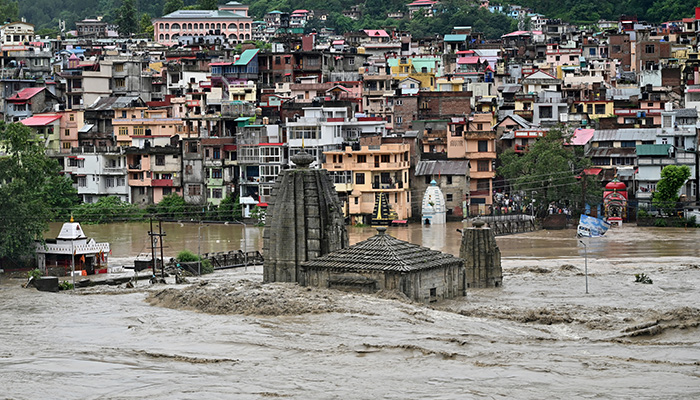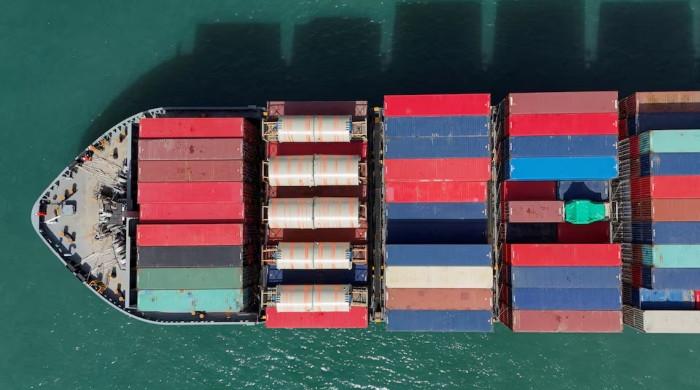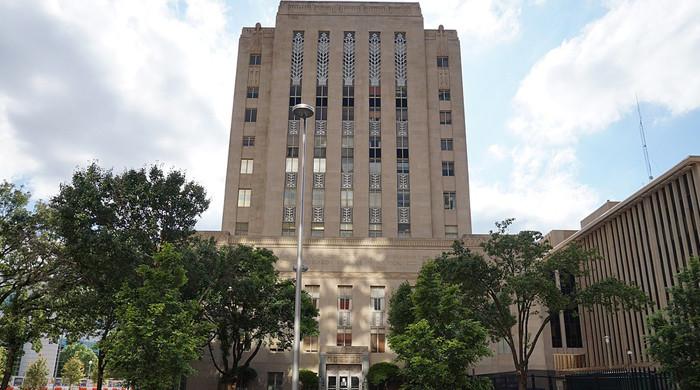Nearly 40 people dead as torrential rains continue to pound India
New Delhi on high alert after water in river Yamuna exceeds danger level
July 11, 2023

- Landslides, floods after incessant downpours wreak havoc in India.
- Flood water wash away vehicles, demolish buildings, bridges.
- Authorities step up relief and rescue operations.
The death toll from torrential rains pounding parts of northern India for more than two days has swelled to 37 as landslides and floods triggered by the incessant downpours wreak havoc across the country.
With the water level in river Yamuna breaching danger level, New Delhi has been put on high alert, while the Indian Meteorological Department (IMD) predicts more rains for the entire week.
Continuous downpours heavily inundated the urban areas where residents were seen wading through knee-deep water. Television footage showed gushing flood waters washing away vehicles, demolishing buildings and ripping down bridges.
Northern state of Himachal Pradesh being the worst affected area, saw at least 20 deaths in flash-floods and other rain-related incidents, official said.
Meanwhile, nine people were killed in Punjab and Haryana each, seven in Rajasthan and three in Uttar Pradesh.
The authorities in Himachal Pradesh issued a flood warning for today, while red and orange warnings have been issued for some parts of the state.
With several other rivers in the region in spate, New Delhi is reportedly just one metre away as the water level in river Yamuna exceeded 206 metres, NDTV reported.
After the capital city, schools in the state of Punjab were also closed under the rain warning.
Meanwhile, the authorities step up the relief and rescue operations in the affected areas with multiple control rooms set up in the capital city.
Official data shows monsoon rains across the country in the first week of July have already produced about 2% more rainfall than normal.
The summer monsoon brings South Asia around 80% of its annual rainfall, as well as death and destruction due to flooding and landslides.
The rainfall is hard to forecast and varies considerably, but scientists say climate change is making the monsoon stronger and more erratic.











